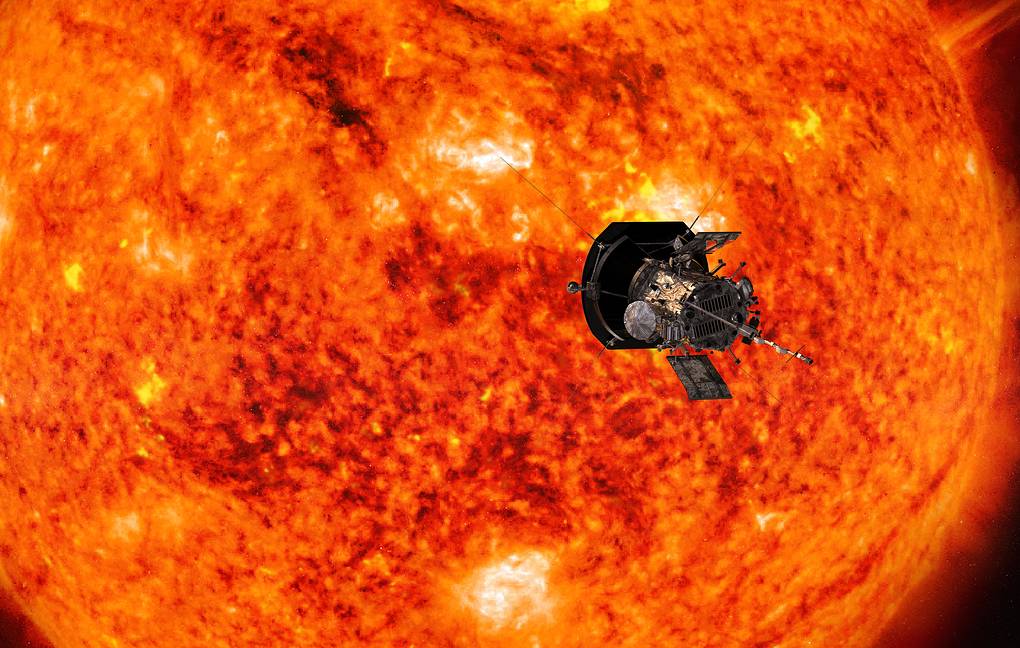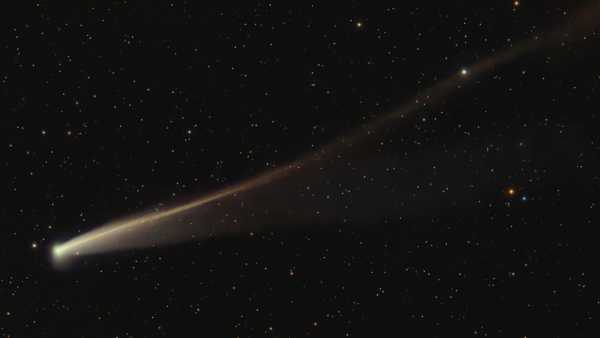
The apparatus measured magnetic fields and particle properties in the Sun’s upper atmosphere. The interplanetary probe Parker Solar Probe passed through the upper part of the sun’s atmosphere, the corona, for the first time. This is the first man-made object to come so close to the sun. During its “touchdown,” the probe measured the corona’s magnetic field and the properties of solar particles, NASA wrote on its website.
“Being this close to the Sun is the first time the Parker Solar Probe can study conditions in the solar corona,” said Noor Raufi, one of the mission specialists at the Johns Hopkins Applied Physics Laboratory. Johns Hopkins.
The mission launched in August 2018. Its goal is to get as close to the Sun as possible, about 6 million kilometers. After completing its work, the probe should plunge into the glowing atmosphere of the Sun. Scientists estimate that this will happen in the middle of the decade.
The apparatus should burn in the atmosphere of the Sun at the end of the mission
According to the plans of NASA, the unit should fly through the solar corona 24 times, gradually drawing closer to the surface of the Sun. A heat shield of special carbon plastic material 11 centimeters thick and several meters wide will not allow it to burn. During the last approach, when Parker Solar Probe should burn in the atmosphere of the Sun, the probe will move at a speed of 690 thousand kilometers per hour.
As scientists hope, the data, which has already collected and continues to receive Parker Solar Probe, will help astrophysicists understand why the Sun’s corona is several orders of magnitude hotter than its surface. So far, there is no full-fledged explanation. Since its launch, the probe has already flown through the Sun’s vicinity several times, discovering several new phenomena in its atmosphere and interior that scientists had not previously suspected existed.




